Gallery: The Diversity of Dino Ancestors
Dicynodon
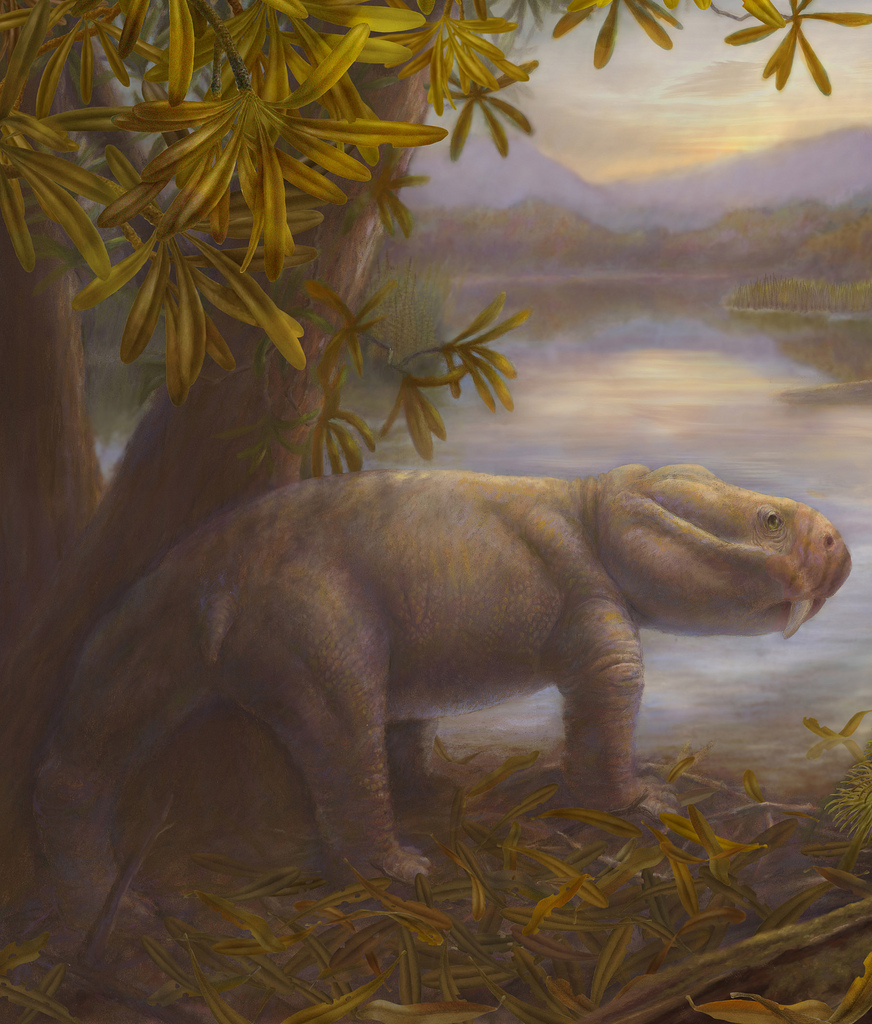
The pig-size Dicynodon was part of a large, dominant group of plant eaters found across the southern hemisphere until the mass extinction event weakened their numbers so that newly emerging herbivores could compete. New research published April 29 in the journal PNAS finds that these new competitors, which eventually gave rise to dinosaurs, diversified quickly in southern Pangea.
Asilisaurus

Asilisaurus, a 10-foot (3 meter) long dinosauriform, had a restricted range after the Permian mass extinction.
Pangea
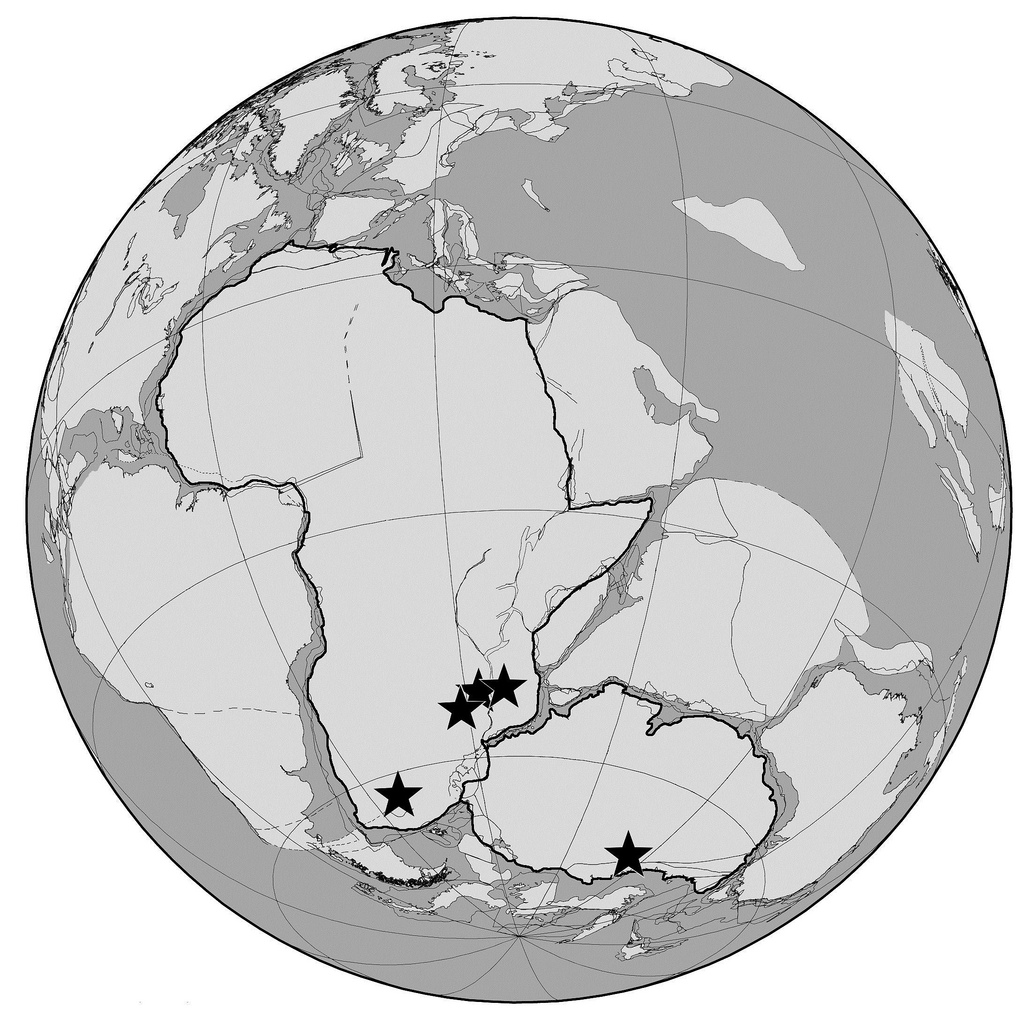
The supercontinent Pangea fit together today's continents like a puzzle. The stars show the sites where archaeologists unearthed fossils from around the Permian mass extinction.
Asilisaurus Fossils

Fossilized remains are sorted of a new specimen of Asilisaurus collected from the Manda beds in Tanzania.
Tanzania Dig
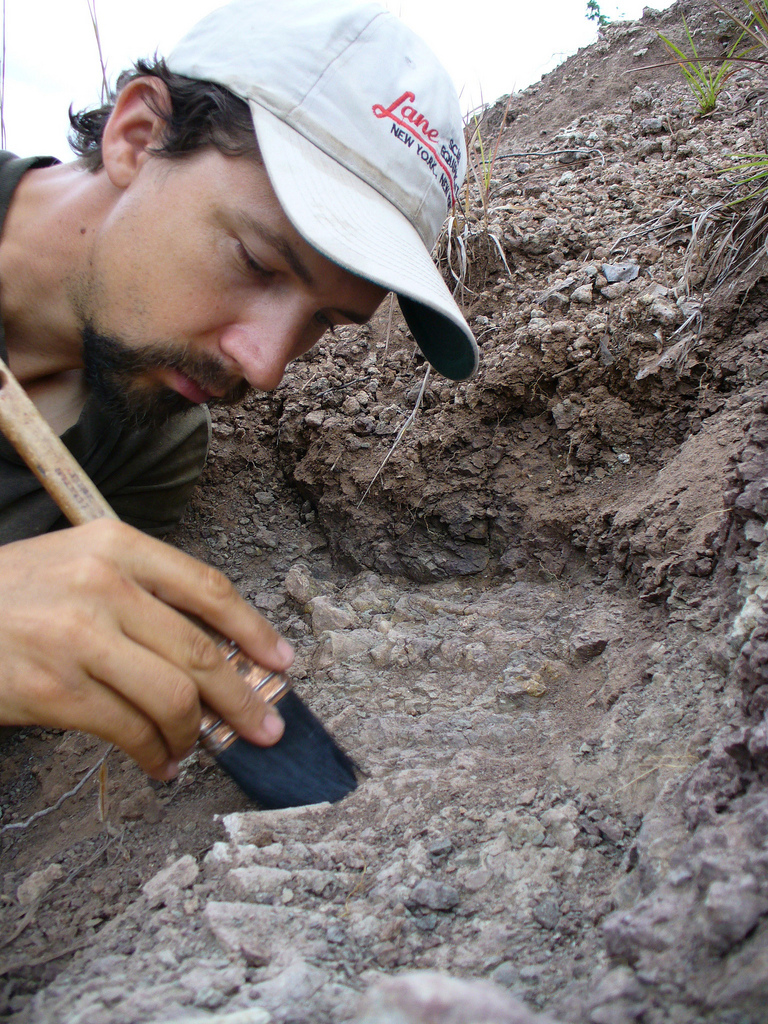
Christian Sidor of the University of Washington excavates a fossil from the Manda beds of Tanzania.
Casting a Fossil
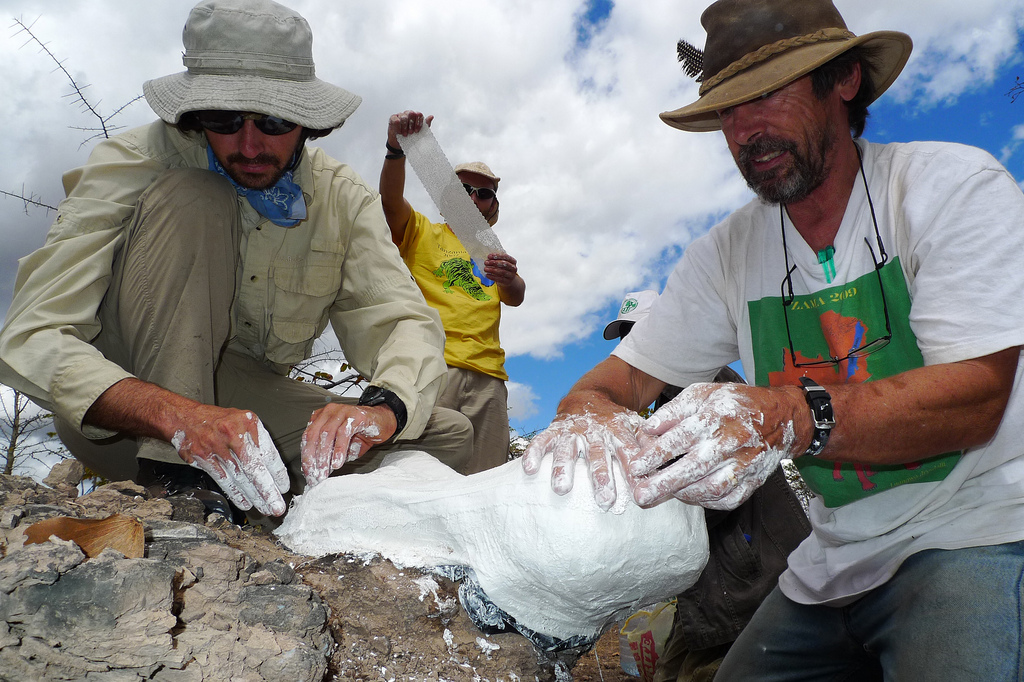
Ken Angielczyk of the Field Museum of Natural History and Roger Smith of the Iziko South African Museum cast a large skull of a Late Permian dicynodont, assisted by Sébastien Steyer from the National Museum of Natural History in Paris, during field work in Zambia.
Excavating in Antarctica
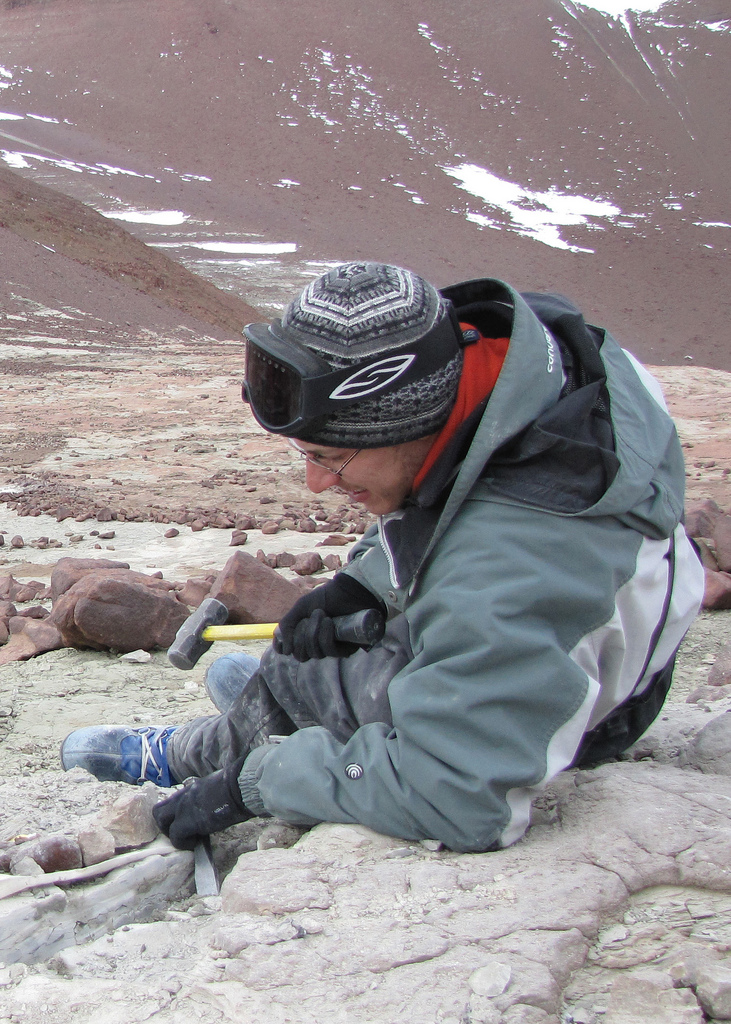
University of Washington student Brandon Peecook excavates fossils in Antarctica in 2011.
Get the world’s most fascinating discoveries delivered straight to your inbox.
Found One!
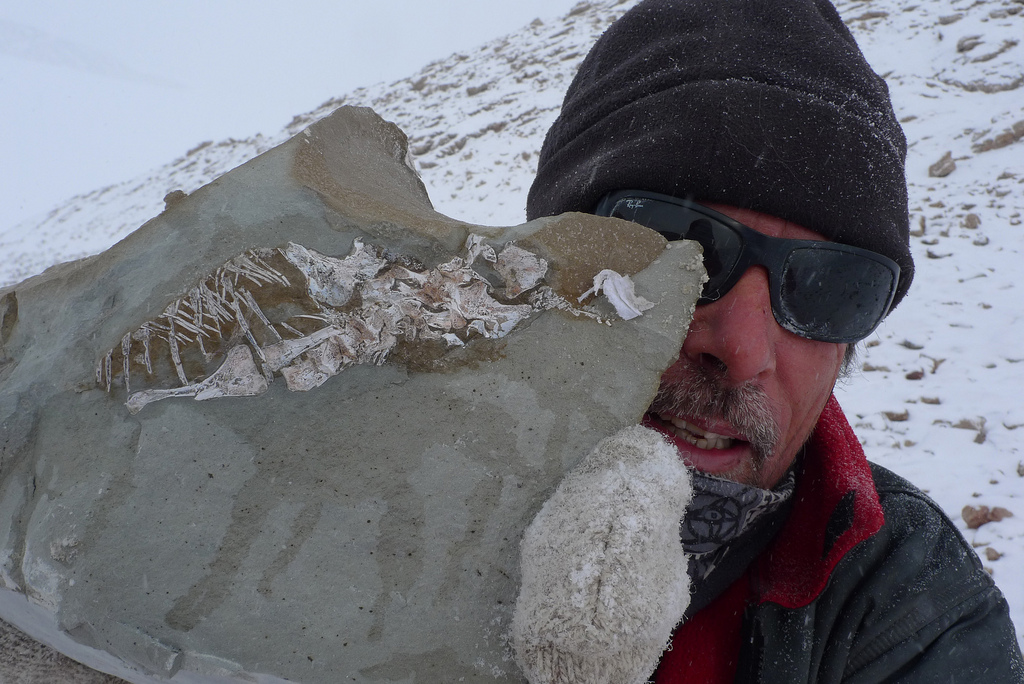
Roger Smith of the Iziko South African Museum holds a fossil skeleton of Prolacerta collected during an expedition to Antarctica.
Tiny Fossil Finds

Ken Angielczyk of the Field Museum of Natural History picks up fossils from the Manda beds in Tanzania.
Antarctic Fossil Challenge
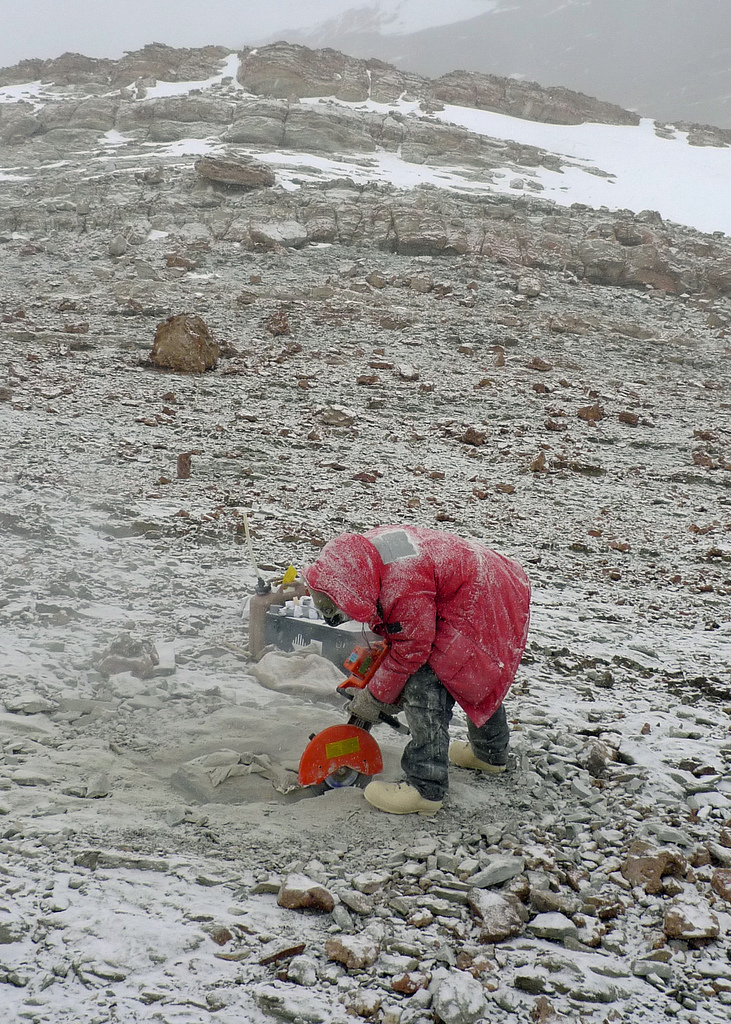
University of Washington student Adam Huttenlocker uses a diamond-tipped rock saw to excavate Triassic fossils from rocks in Antarctica.

Stephanie Pappas is a contributing writer for Live Science, covering topics ranging from geoscience to archaeology to the human brain and behavior. She was previously a senior writer for Live Science but is now a freelancer based in Denver, Colorado, and regularly contributes to Scientific American and The Monitor, the monthly magazine of the American Psychological Association. Stephanie received a bachelor's degree in psychology from the University of South Carolina and a graduate certificate in science communication from the University of California, Santa Cruz.
 Live Science Plus
Live Science Plus





